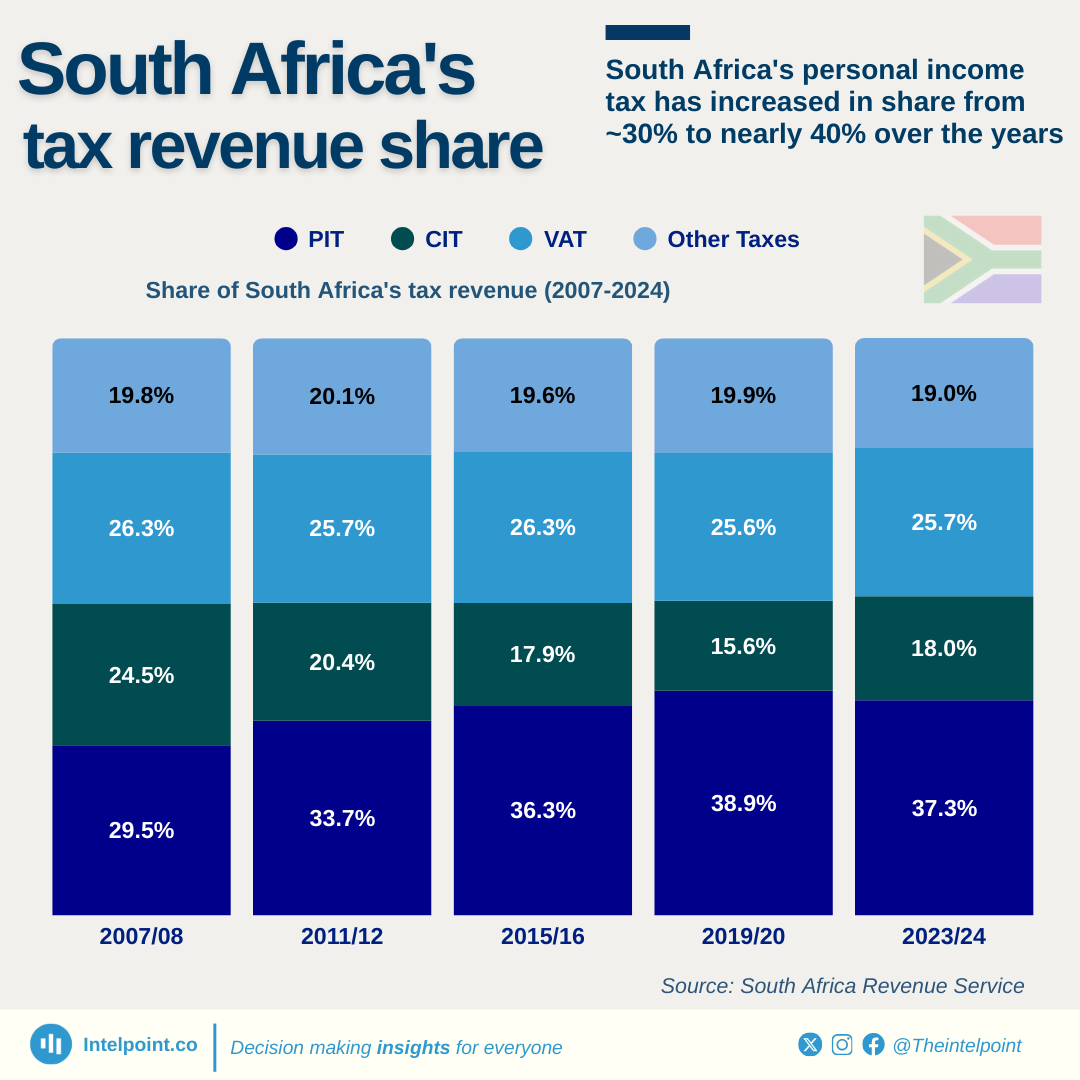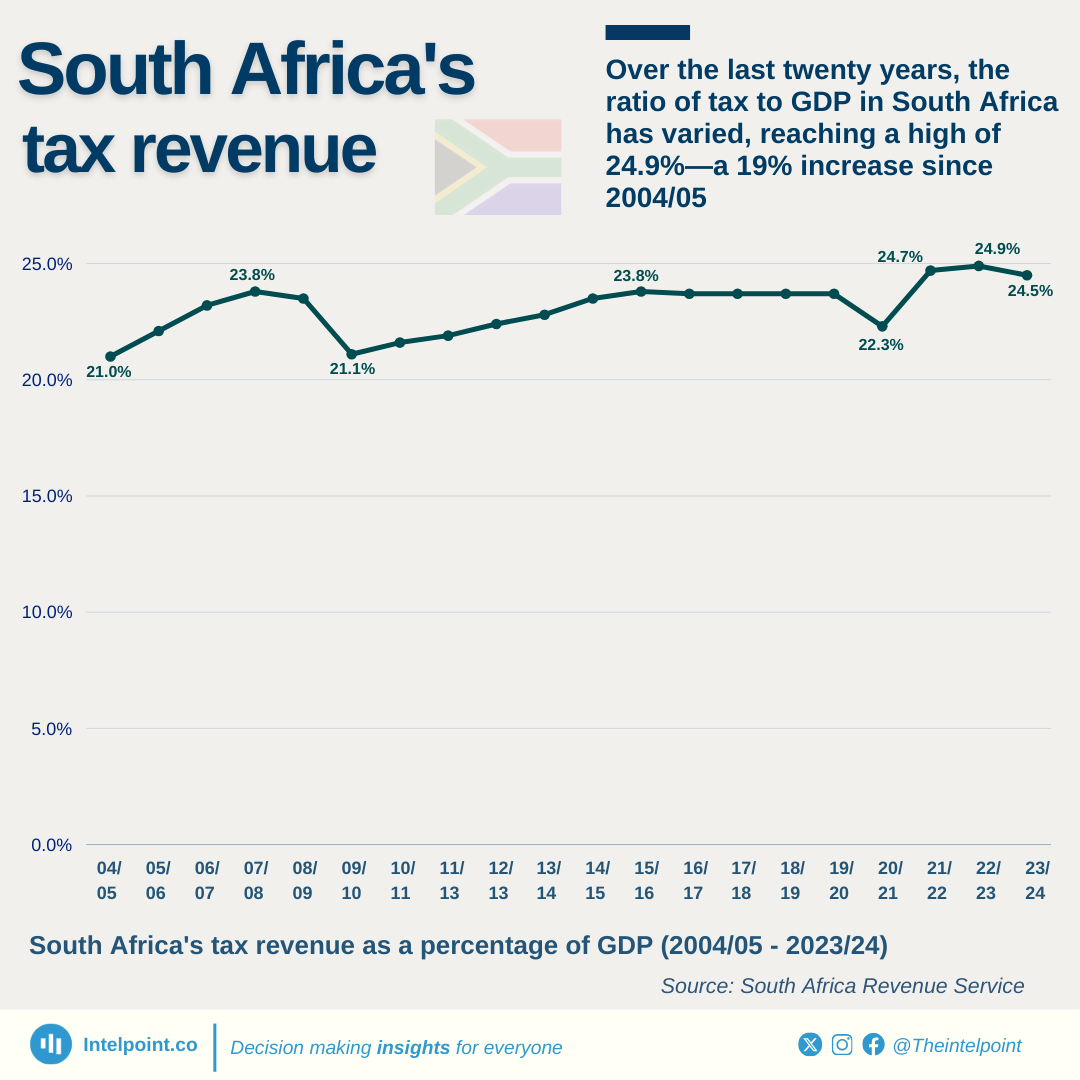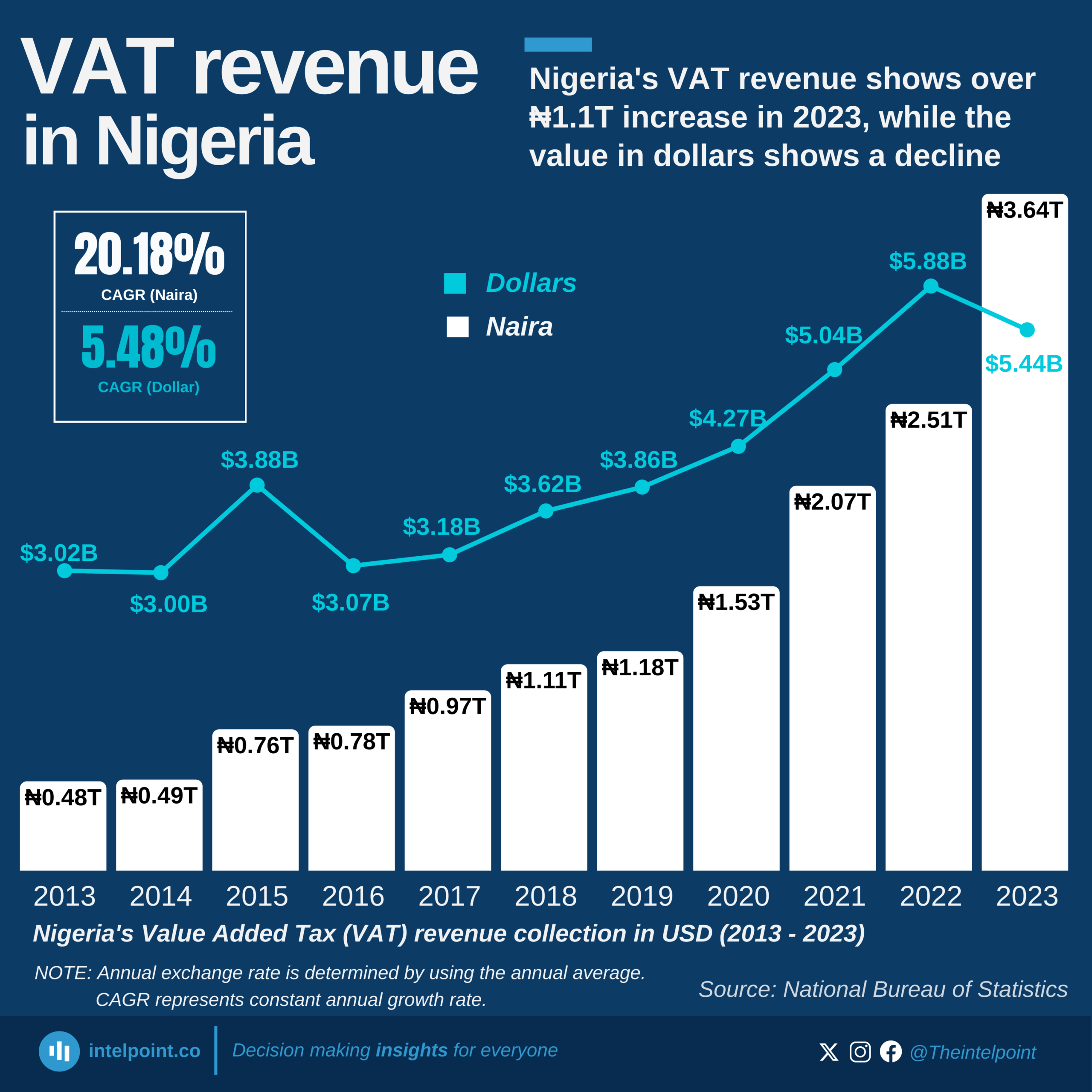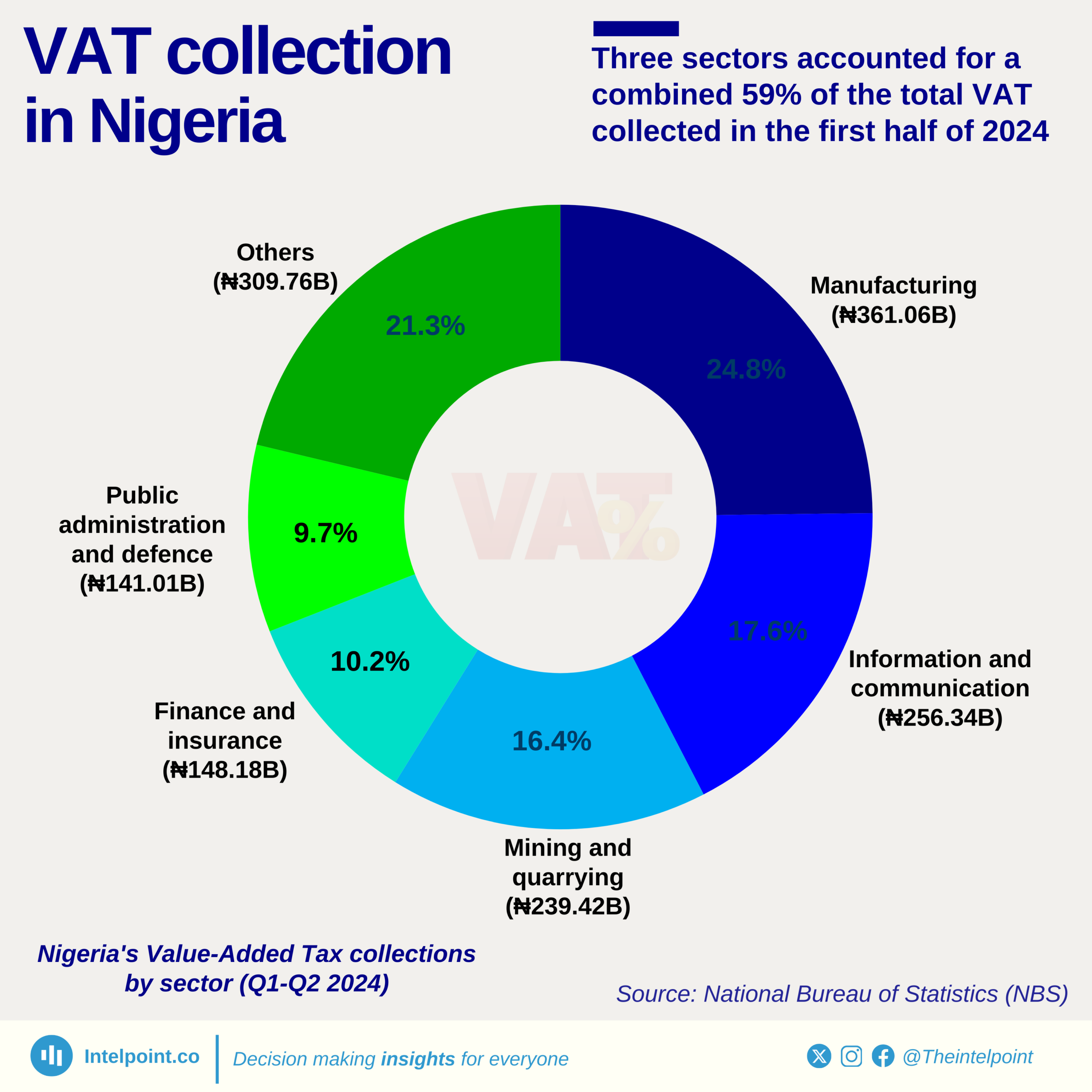Kenya's Revenue Authority has doubled its revenue, growing from KSh 1.1 trillion in the 2014/15 financial year to KSh 2.2 trillion in 2022/23.
The most significant annual growth occurred in 2021/22, with a 21.7% increase. Over nine years, tax revenue grew by an average of 9.4%, demonstrating consistent progress in Kenya's fiscal management.





